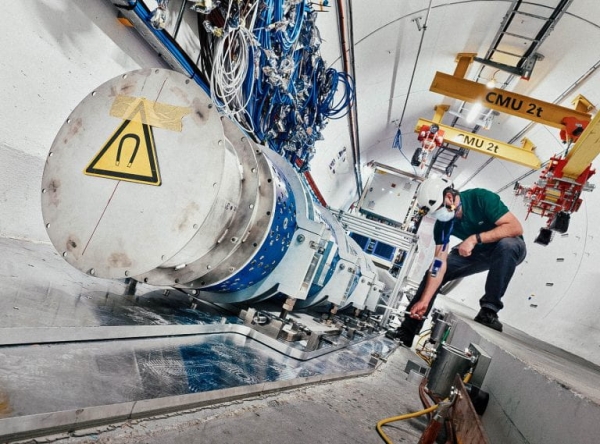In a scientific first, a team led by physicists at the University of California, Irvine has detected neutrinos created by a particle collider. The discovery promises to deepen scientists’ understanding of the subatomic particles, which were first spotted in 1956 and play a key role in the process that makes stars burn.
The work could also shed light on cosmic neutrinos that travel large distances and collide with the Earth, providing a window on distant parts of the universe.
It’s the latest result from the Forward Search Experiment, or FASER, a particle detector designed and built by an international group of physicists and installed at CERN, the European Council for Nuclear Research in Geneva, Switzerland. There, FASER detects particles produced by CERN’s Large Hadron Collider.
“We’ve discovered neutrinos from a brand-new source – particle colliders – where you have two beams of particles smash together at extremely high energy,” said UC Irvine particle physicist and FASER Collaboration Co-Spokesperson Jonathan Feng, who initiated the project, which involves over 80 researchers at UCI and 21 partner institutions.
Read more at University Of California - Irvine
Photo: The FASER particle detector, located deep underground at CERN’s Large Hadron Collider, was mostly built out of spare parts from other experiments at CERN. Photo courtesy of CERN


